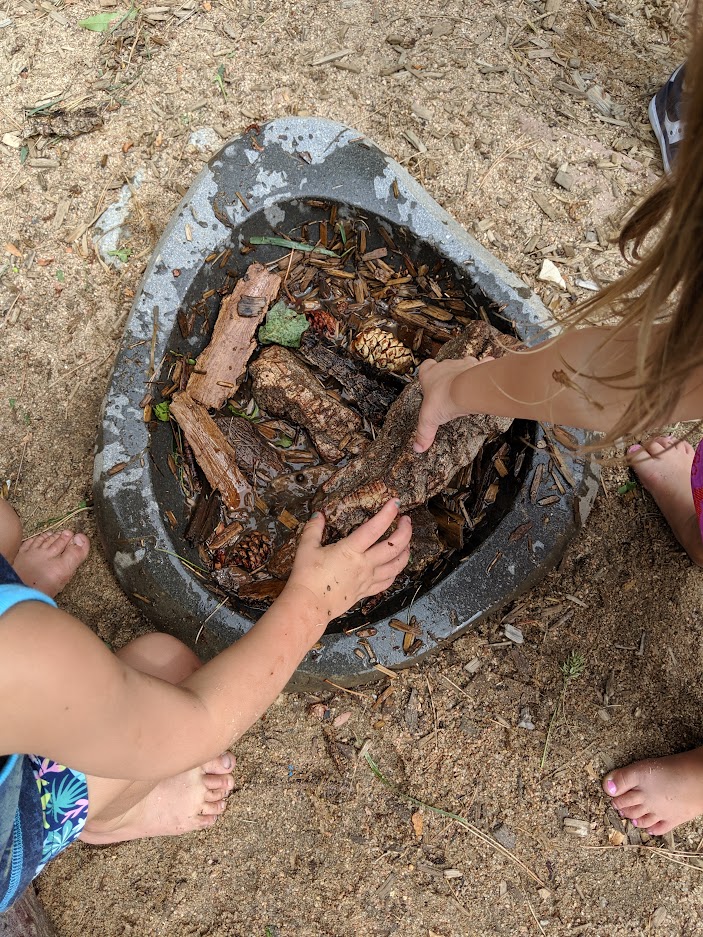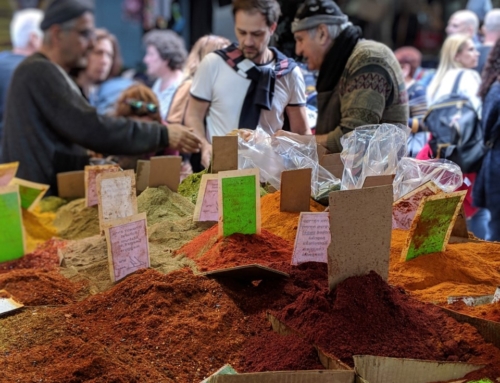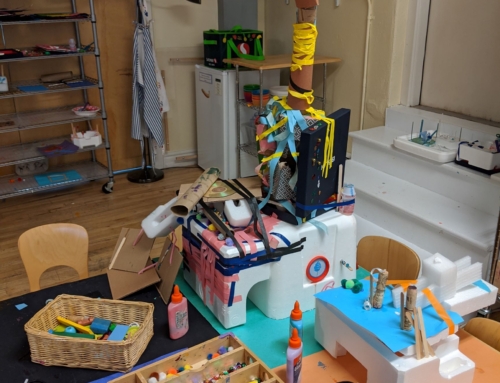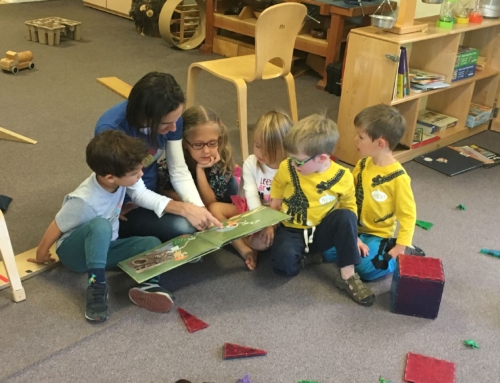
By: Julie Siterlet, Lead Teacher at Montview Community Preschool & Kindergarten
In a play-based environment, children are given many opportunities to have social experiences. While every child’s social development is unique, there appear to be some typical patterns to our earliest experiences with playmates. Older preschoolers often become more interested in friendships but continue to engage in “either/or thinking.” Some common misconceptions for this age group include:
- I can only have one friend
- No one else can play with that friend, or I will lose that friend
- If someone doesn’t want to play the same game I do, they aren’t my friend
- If my friend wants to play with someone else, they are no longer my friend
The bad news is there’s no quick fix for these classic preschool beliefs; most children this age are too egocentric to consider other possibilities. The good news is there are two experienced teachers in each classroom to help them through these fun but sometimes trying times. It takes time, repetition, and both direct and indirect lessons for children to come to terms with the complexities of social relations. In fact, aren’t all of us still working on this?
Some of the direct ways we teach the children are through conflict resolution, explaining that we give everyone a chance to play as long as they are being safe and listening to our words, and by giving children the language to use when they want to join in.
While children initially benefit from being taught scripted phrases and techniques, it’s important to be open to their ideas and to ask open-ended questions that encourage them to think through their problems. For example, if your child says they asked to be included but were told no, consider asking “what did you try after that?” to see if they remembered to ask a teacher for help. The mental work of remembering on their own makes it more likely they’ll recall and use the technique next time.
When disappointment or hurt feelings inevitably arise, sometimes it’s important to just be there to help a child understand and “sit with” their feelings: “You wanted to sit by _______________ at snack but there was no room today. That was disappointing.” Or “You seem sad because you wanted ___________ to listen to your story but they were busy. Sometimes that happens.” Another great strategy to try at home is to talk with your child about times you’ve been disappointed, as it “normalizes” the situation; when they see that the strong, caring adults around them have experienced unpleasant feelings and survived, it reassures them.
It’s helpful to keep in mind that preschool children very rarely exclude others with the intention of hurting feelings. When two children are engrossed in a game or role-play, often one they return to each time they see each other, they sometimes resist the inclusion of another playmate simply because they don’t want to stop what they’re doing to explain the rules or do the “work” of inclusion. It’s taken a long time for them to develop the communication and relationship skills to engage in sustained, reciprocal play, and they don’t want to risk losing that flow. Similarly, the natural limits of a preschooler’s ability to take the perspective of another person can lead to misunderstandings about the meaning of a classmate’s words or behavior. For example, a child that needs time alone or is overstimulated by noise may not realize that turning away from a friend who is asking them a question is hurtful.
There will always be times when children encounter challenging peer situations, and we are here to support them. If your little one talks about an unpleasant encounter, be a good listener, ask how they felt, and how they handled it. Try to promote a “problem-solving” approach. Always reinforce that the teachers can help them if they have problems and talk to us (away from your child) if you have questions or concerns. It is always our goal to help children learn through experience by giving them tools they can use for life. After all, we can’t protect children from hurt feelings, but we can help them develop skills and be resilient.
Additionally, sometimes the “games children play” can be confusing; each child has their own home culture and norms, as well as different energy levels and styles of interaction. Many children go through a superhero/villain stage that is marked by highly imaginative role-playing mixed with rigid notions of “good” and “bad.” Again, all very normal! Below is a link to a short but great article from Scholastic about this type of play. I think it explains the purpose of this play theme brilliantly:




